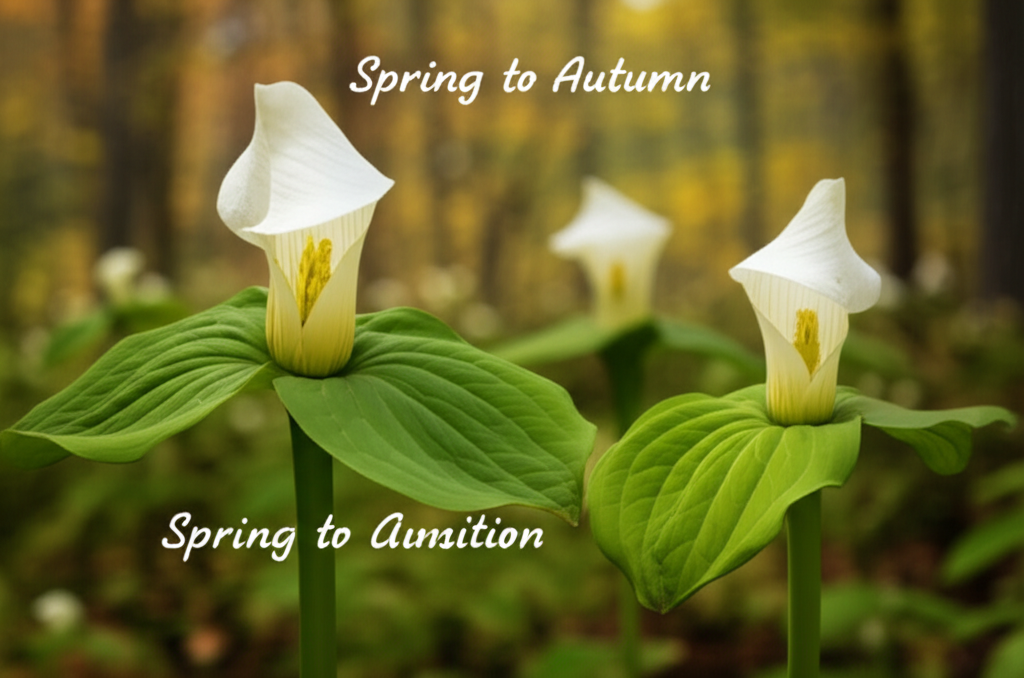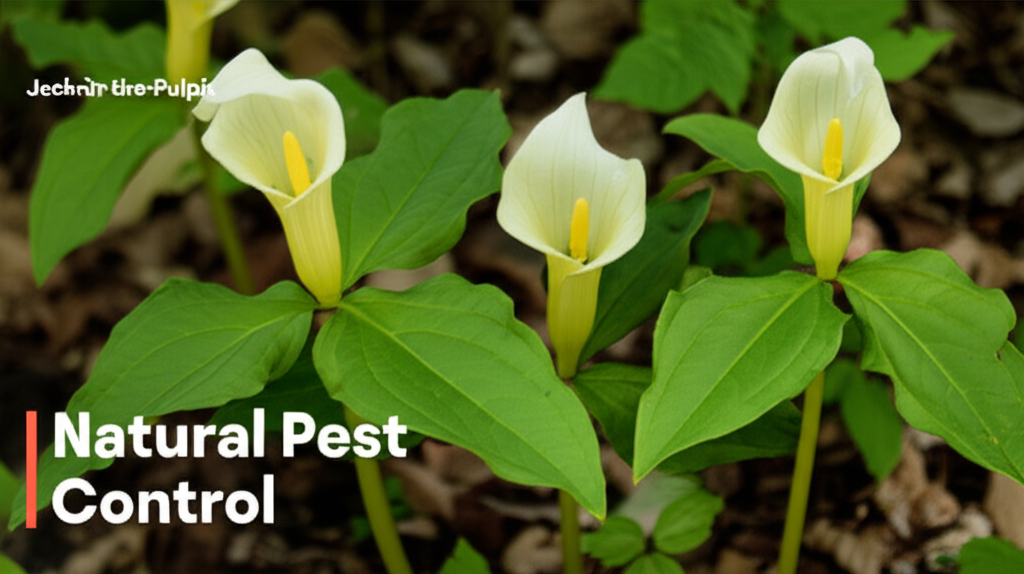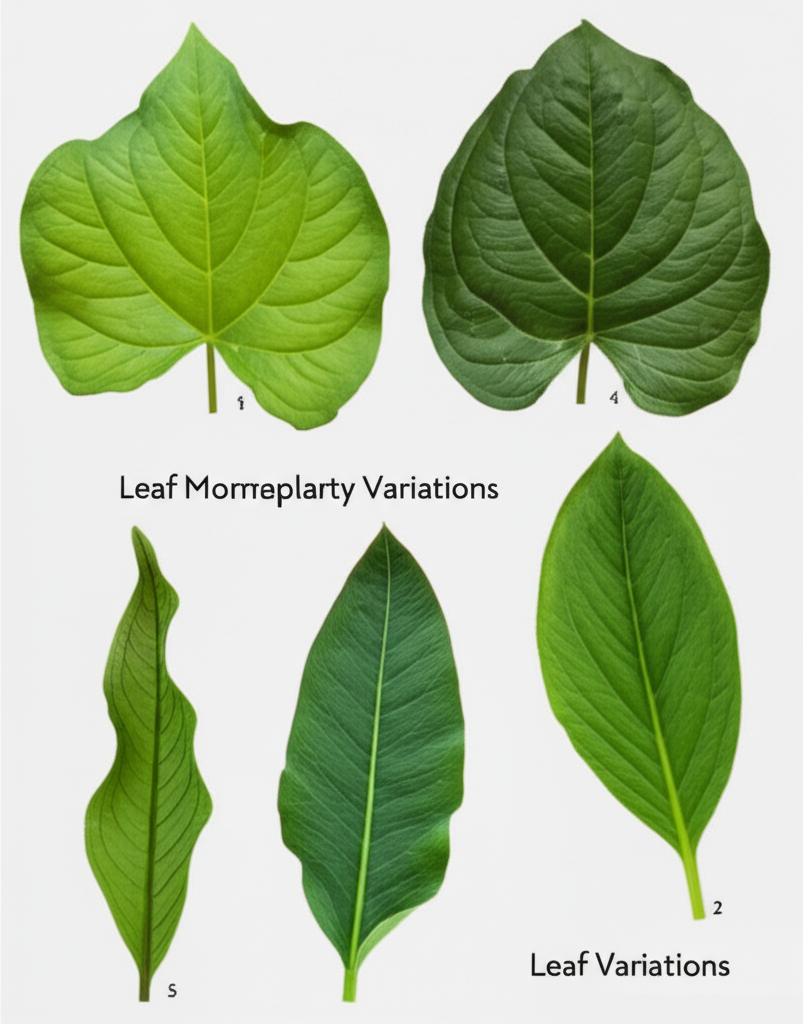The Art of Container Rotation for Foxglove Beardtongue
Foxglove Beardtongue, scientifically known as Penstemon digitalis, is a captivating native perennial that brings vertical interest and delicate beauty to any garden. Its tall spires of white, pink, or lavender flowers attract pollinators and provide season-long visual appeal. While renowned for its hardiness and ease of care in the ground, cultivating Penstemon digitalis in containers presents unique challenges and opportunities. Effective container rotation planning is paramount to ensuring these stunning plants thrive, bloom prolifically, and remain healthy year after year. This guide delves into the strategic considerations for rotating foxglove beardtongue in containers, fostering a vibrant and sustainable display.
Understanding the Needs of Foxglove Beardtongue in Containers
Before diving into rotation strategies, it’s crucial to grasp the specific requirements of foxglove beardtongue when grown in confined spaces. Unlike their in-ground counterparts, container-grown plants are entirely dependent on the gardener for their environment. This means meticulous attention to:
- Drainage: Penstemons, like most perennials, loathe soggy roots. Containers must have ample drainage holes, and the potting mix needs to be well-draining.
- Potting Mix: A good quality potting mix, ideally amended with perlite or grit for improved aeration, is essential. Avoid heavy garden soil.
- Sunlight: Foxglove Beardtongue generally prefers full sun (at least 6 hours per day). Container placement will dictate sunlight exposure, making rotation a key tool.
- Watering: While drought-tolerant once established, container plants dry out much faster than those in the ground. Consistent moisture, but not saturation, is key.
- Nutrients: Container potting mixes can become depleted of nutrients over time. Regular feeding is necessary.
- Rootbound Conditions: Plants can quickly outgrow their containers, leading to restricted growth and reduced flowering. Repotting and root pruning are vital.
Why Container Rotation is Crucial for Foxglove Beardtongue
Container rotation isn’t merely about aesthetics; it’s a horticultural practice that directly impacts the health and longevity of your foxglove beardtongue. The benefits are manifold:
- Optimized Sunlight Exposure: Rotating containers ensures that plants receive consistent, adequate sunlight, preventing lopsided growth and promoting uniform blooming.
- Nutrient Management: By rotating plants through different fertilization schedules or locations, you can ensure even nutrient uptake and prevent depletion in specific pots.
- Pest and Disease Prevention: Moving plants can help break disease cycles and reduce the likelihood of pest infestations taking hold. Plants that may have attracted certain pests can be moved away, and new locations might offer natural predators.
- Improved Air Circulation: Strategic placement can enhance air movement around the plants, which is crucial for preventing fungal diseases, especially in humid conditions.
- Seasonal Adaptation: Rotation allows you to move plants to more suitable microclimates within your garden or patio as seasons change, protecting them from extreme heat, cold, or wind.
- Preventing Rootbound Stress: While not directly rotation, the process of repotting, often done in conjunction with rotation planning, directly addresses rootbound issues.
Developing a Foxglove Beardtongue Container Rotation Plan
A well-structured rotation plan is the cornerstone of successful container gardening with Penstemon digitalis. This involves assessing your available space, understanding your local climate, and setting realistic goals for your plants.
Assessing Your Growing Environment
Your garden or patio is a dynamic ecosystem. Before planning your rotation, take stock of:
- Sunlight Patterns: Map out the sun exposure throughout the day and across different seasons. Identify areas that receive full sun, partial sun, and shade.
- Microclimates: Note areas that are particularly windy, sheltered, hot, or cool. These microclimates can significantly influence plant performance.
- Water Availability: Consider how easily you can access water for your containers in different locations.
- Aesthetic Considerations: Think about where you want your foxglove beardtongue to be visually impactful.
Key Facts and Comparison: Foxglove Beardtongue in Containers vs. Ground
To better understand the nuances of container rotation, let’s compare the needs of foxglove beardtongue in containers versus when planted directly in the ground.
| Feature | In-Ground Planting | Container Planting |
|---|---|---|
| Watering Needs | Less frequent, relies on rainfall once established. | Frequent, requires regular manual watering. |
| Nutrient Availability | Access to a wider range of soil nutrients. | Limited to potting mix, requires regular feeding. |
| Temperature Regulation | Soil provides insulation against extreme temperatures. | Container material and potting mix are more susceptible to temperature fluctuations. |
| Root Space | Virtually unlimited. | Restricted, requires repotting to prevent rootbound issues. |
| Drainage | Relies on natural soil drainage. | Crucially dependent on container design and potting mix. |
| Pest/Disease Exposure | More diverse ecosystem, can be prone to ground-dwelling pests/diseases. | Potentially less exposure to ground-dwelling issues, but can be susceptible to specific container pests. |
Rotation Strategies for Different Seasons
The optimal placement of your foxglove beardtongue containers will shift throughout the year.
Spring: The Awakening
As temperatures rise and the threat of frost recedes, foxglove beardtongue containers can be moved to their prime spring locations.
- Location: Full sun areas that are sheltered from strong, late spring winds. This will encourage robust growth and early flowering.
- Fertilization: Begin a balanced liquid fertilizer regimen as new growth emerges.
- Watering: Monitor moisture levels closely, as spring can still bring dry spells.
Summer: Peak Performance and Heat Management
Summer’s heat demands strategic placement to prevent scorching and dehydration.
- Location: While full sun is still ideal, consider locations that offer dappled shade during the hottest part of the afternoon. Proximity to other plants or structures can provide natural shading.
- Watering: This is the most critical period for watering. Check containers daily, and water thoroughly when the top inch of soil feels dry. Morning watering is best to allow foliage to dry.
- Fertilization: Continue feeding every 2-4 weeks to support continuous blooming.
Autumn: Preparing for Dormancy
As the days shorten and temperatures cool, the focus shifts to preparing the plants for winter.
- Location: Move containers to areas with good air circulation, away from walls or structures that might retain excess moisture. A location that receives morning sun can be beneficial.
- Pruning: Deadhead spent blooms to encourage a tidier appearance and prevent energy expenditure on seed production. You can also trim back any yellowing or diseased foliage.
- Fertilization: Discontinue fertilization to allow the plants to harden off for winter.
Winter: Protection and Rest
Containerized foxglove beardtongue requires winter protection, especially in colder climates.
- Location: Move containers to a sheltered location, such as an unheated garage, shed, or against a south-facing wall, protected from harsh winds and extreme temperature fluctuations. If you experience very cold winters, consider grouping containers together and mulching them heavily.
- Watering: Water only sparingly during winter dormancy, just enough to prevent the potting mix from drying out completely. Overwatering can lead to root rot.
- Inspection: Periodically check for any signs of pests or diseases.
The Repotting and Rotation Cycle
A crucial aspect of container rotation planning involves the cyclical process of repotting. Foxglove beardtongue, being a vigorous perennial, will eventually outgrow its container.
Signs Your Foxglove Beardtongue Needs Repotting
- Roots emerging from drainage holes.
- Water draining very quickly through the pot, indicating that the soil is no longer effectively holding moisture.
- Plants drying out much faster than usual.
- Reduced vigor or flowering despite optimal care.
- A dense, matted mass of roots visible on the surface.
The Repotting Process
Repotting is typically done in early spring, just as new growth begins.
- Select a New Container: Choose a pot that is 1-2 inches larger in diameter than the current one. Ensure it has adequate drainage holes.
- Prepare the Potting Mix: Use a high-quality, well-draining potting mix, perhaps amended with compost or perlite.
- Remove the Plant: Gently tip the current container to slide the plant out. If it’s stuck, you may need to tap the sides or use a trowel to loosen it.
- Inspect and Prune Roots: Gently loosen any circling roots. If the root ball is severely pot-bound, you can carefully trim away about one-third of the outer root mass.
- Repot: Place a layer of fresh potting mix in the bottom of the new container. Position the plant so the top of the root ball is about an inch below the rim. Fill in with potting mix, firming gently.
- Water Thoroughly: Water the newly repotted plant deeply.
Integrating Repotting into Your Rotation Schedule
Ideally, you should repot your foxglove beardtongue containers every 2-3 years. This naturally fits into your rotation plan.
- Year 1: Plant in a suitable container, place in optimal sun location, water and fertilize as needed.
- Year 2: Continue with container placement rotation, monitor for rootbound signs. Fertilize and water.
- Year 3: Repot into a slightly larger container, moving it to a new optimal location within your rotation. This is a good time to divide any clumps that have become too large.
Optimizing Bloom and Health: A Practical Approach
Effective rotation planning goes beyond just moving pots; it’s about understanding the interplay between the plant, its environment, and the gardener’s interventions.
Steps for Effective Container Rotation
This table outlines a general framework for implementing a rotation plan.
| Step | Action | Considerations |
|---|---|---|
| 1 | Map Your Growing Space: Document sunlight patterns and microclimates. | Seasonal changes will alter sun exposure. Note wind exposure. |
| 2 | Assess Plant Needs: Understand the current stage of growth and health of your foxglove beardtongue. | Are they actively growing, flowering, or entering dormancy? |
| 3 | Plan Seasonal Moves: Determine optimal locations for each season. | Prioritize full sun in spring/early summer, partial shade in peak summer heat, and sheltered spots for winter. |
| 4 | Monitor and Adjust: Regularly check plants for signs of stress, pests, or disease. | Be prepared to deviate from the plan if a plant is struggling. |
| 5 | Integrate Repotting: Schedule repotting for every 2-3 years in early spring. | This is an opportune time to divide overgrown plants. |
| 6 | Fertilize Appropriately: Adjust feeding based on growth stage and season. | Stop fertilizing in late summer/early autumn to allow plants to harden off. |
| 7 | Water Consistently: Maintain appropriate moisture levels for container plants. | Container plants dry out faster than in-ground plants. |
Pros and Cons of Container Rotation for Foxglove Beardtongue
Like any horticultural practice, container rotation has its advantages and disadvantages.
| Pros | Cons |
|---|---|
| Enhanced plant health and vigor. | Requires consistent monitoring and effort. |
| Improved flowering and extended bloom time. | Can be physically demanding, especially with heavy pots. |
| Better pest and disease management. | May require specific knowledge of plant needs for different locations. |
| Protection from extreme weather conditions. | Increased potential for accidental damage during moves. |
| Aesthetically pleasing, dynamic garden display. | Time commitment for planning and execution. |
Troubleshooting Common Container Issues
Even with a solid rotation plan, you might encounter challenges.
- Yellowing Leaves: This can indicate overwatering, underwatering, or nutrient deficiency. Check soil moisture and consider a balanced fertilizer.
- Leggy Growth: Insufficient sunlight is the primary cause. Move the container to a sunnier location.
- Fungal Spots on Leaves: Poor air circulation or overhead watering can contribute. Ensure good air movement around the plants and water at the base.
- Pests (e.g., Aphids): Inspect plants regularly, especially new growth. A strong jet of water or insecticidal soap can often control minor infestations.
Conclusion: Cultivating Beauty Through Strategic Care
Foxglove beardtongue Penstemon digitalis is a rewarding plant to grow in containers, offering a delightful display of color and attracting beneficial pollinators. By implementing a thoughtful container rotation plan, you are not simply moving pots; you are actively managing the plant’s environment to ensure its health, vitality, and enduring beauty. This strategic approach, combined with consistent care, will allow your foxglove beardtongue to flourish and become a star performer in your container garden year after year. Embrace the art of rotation and watch your Penstemon digitalis thrive.


